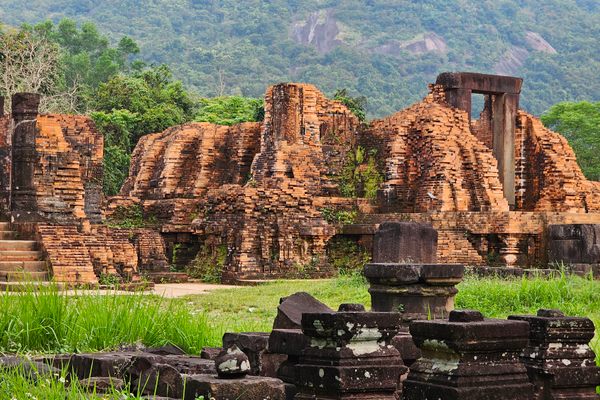About
Despite being one of the most prominent pre-industrial civilizations, the Incans seemed to have a surprisingly advanced grasp of engineering, a great deal of which can be seen in Ecuador's Ingapirca ruins.
It was during the 15th century that the Incan people arrived in the area that would come to be Ingapirca, but they found they were not alone. The area was already inhabited by the native Cañari who immediately came into conflict with the Incans. While the invading force soundly trounced the native peoples, they miraculously did not wipe them out. In sharp contrast to European colonization techniques, the Inca simply allowed their community to merge with the Cañari. This new hybrid community then grew into the city now known as Ingapirca. Among the interesting remainders of the merged culture are what seem to be two separate Temples of the Sun, each one catering to the beliefs of each culture.
While the ruins at Ingapirca may not hold the same surviving grandeur as some other nearby ruins, their design and ingenuity is rich in information regarding how the Incan people lived. The largest structure still standing on the site is one of the aforementioned Temples of the Sun. While it is important from an architectural standpoint, the really interesting feature is that the temple appears to have been built at such an angle that the sun would have shone directly into the doorway during the solstices. This advanced design is also on display in the startling underground aqueduct system that supplied the whole community with water.
The low lying ruins of Ingapirca are still being studied and continue to supply vital information on the lost civilization that seems to have been well ahead of its time.
Related Tags
Know Before You Go
There is a bus from Cuenca which departs at 9 am and takes two hours to reach the ruins. There you can do a 40 minute guided tour and return on the same bus at 1 pm.
Wild Galapagos: An Ecological Wonderland
Darwin's legacy, snorkeling, volcanic landscapes & conservation insights.
Book NowCommunity Contributors
Added By
Published
January 30, 2014







































